| The honey sun oozes over this November morning After a night too chill for an old dog. He sleeps now in the sweet light Under golden wisteria leaves. None have fallen, though the tiny breeze Toys with them. Little finches twitter at the feeder, And out in the manzanita, the quail Whet their autumn appetites. Jays feast on acorns That nestle in toasty oak leaves, Heaped in generous helpings On rich brown Earth’s table of welcome. |
Veterans Day is remembered in the United States, Canada, England, Australia, and other areas of the United Kingdom on November 11, although this war memorial is called Remembrance Day outside America. As a point for reflection, in the United States, Veterans Day cannot be moved to a Friday or Monday to provide a four-day weekend, as it originally commemorated the end of World War I, when the Armistice was signed on the eleventh hour of the eleventh day of the eleventh month of 1918. On Veterans Day in America, we remember not just the end of World War I, but also the heroic events that led to the conclusion of the Second World War, especially D Day. This historic military maneuver took place at dawn on June 6, 1944, when 160,000 American, Canadian and British troops executed the largest land, sea and air invasion in human history by landing on the beaches of Normandy in southwest France. Eventually this invasion pushed the Germans out of France, liberating Paris and ending World War II. Ten thousand allies died on the beaches of Normandy, where our travel adventure that began in London, took us through the Chunnel to Paris and on to a cruise down the Seine, concluded.
Before this poignant ending to our time in the lovely French countryside, we visited charming, historic chateaux and the memorable town of Bayeux, with its medieval streets, glorious cathedral and the miraculously preserved “Bayeux Tapestry,” one of the finest examples of textile art on earth. We also visited the ancient castle fortress of Richard the Lionhearted and a contemporary French family farm on ancestral land where local agricultural specialties, including apples, apple brandy, and Normandy’s famous Sable Cookies are available in the quaint gift shop.
The beautiful Chateau Du Taillis has a long history. An ancient home once rested on the Eleventh Century foundation, but the current chateau was constructed in 1530 of beautiful light tan local sandstone in the Italian Renaissance style. It is now owned by a young Frenchman whose parents purchased the property in the 1990s. This “new” owner is trying to keep the chateau afloat by turning it into a bed and breakfast, restaurant and venue for weddings and other gatherings in the beautiful park-like setting. After viewing the lush gardens, we had dinner there, serenaded by a classical string quartet. Our meal perfectly reflected the best of Norman cuisine, including an intermezzo of Apple Sorbet spiked with apple brandy and a flaming Crème Carmel for dessert. We can thank those lovely cream-colored cows, relaxing throughout the Norman countryside, for the abundance of dairy products we enjoyed everywhere in Normandy. We were also pleasantly surprised to see a Giant Sequoia, indigenous to Northern California, and clearly planted decades ago, thriving in the chateau’s forest.
Our riverboat docked in Le Havre to accommodate our bus ride through the Norman countryside to visit the lovely little town of Bayeux.
Bayeux remains a Gothic village, with cobble-stoned streets leading to the magnificent Notre Dame de Bayeux Cathedral in the center of the town’s square. Since we had been unable to visit the interior of Notre Dame Cathedral in Paris, or parts of the high altar and ambulatory of Rouen Cathedral, due to reconstruction and repairs, I was pleased to see that Bayeux Cathedral was open, clean, and in excellent condition. This beautiful Gothic masterpiece was completed in 1077 to celebrate the Norman victory over the English in 1066 at the Battle of Hastings, an event that changed European history for centuries. The Cathedral is much larger than I expected, well-maintained and easily accessible. We walked all around the interior, viewing the glorious red, yellow and blue stained-glass windows and the lovely side chapels.
Very near the Cathedral, the “Bayeux Tapestry,” is on display in a special museum of its own. It is an embroidered, not woven, tapestry, stitched onto a 231-foot length of linen, nineteen and a half inches in height. It was completed in 1078 and was initially intended to be displayed in the newly constructed Cathedral. The mastermind behind this project was Bishop Odo, the self-promoting half-brother of William the Conqueror, who defeated King Harold of England in the aforementioned conflict.
The Tapestry depicts, in intricate and fascinating detail, every aspect of the Battle of Hastings, including the political events leading up to this decisive victory. The Tapestry is displayed in a well-lighted glass case that runs down one long wall, turns a corner and proceeds down another long wall. Numbers, up to about sixty, are placed above each scene, and visitors are provided with an audio device explaining each scene, identifying all the main characters and interpreting the symbolic elements. An interesting aspect of the Tapestry’s composition is the fact that the entire length is divided into two sections, by a long continuous line of stitching, creating a smaller parallel set of images below the larger narrative section above. The audio explains both sections, which complement each other as the chronology evolves.
The Bayeux Tapestry is essentially a masterful piece of pro-Norman political propaganda, showing King Harold of England visiting Willian of Normandy and signing an oath confirming that when King Edward of England dies, William (not Harold, Edward’s son,) will become the King of England. This is the Normans’ excuse for invading England, killing King Harold, who did not cede the crown, and annexing England, turning it into a Norman French colony. From the perspective of the imagery on the Bayeux Tapestry, it was Harold’s fault for breaking his word, sadly reminding us of certain acts of unjustifiable aggression taking place in our world today. Odo, of course, directed the embroidery artists to include himself, right in the middle of the glorious victory beside William. Odo is killing Saxon warriors with a mace while William wields a sword. As a holy Bishop, Odo was not allowed to draw blood with a blade, but he could crack heads with his mace. Oh, the irony!
Back on the Seine, near the charming medieval town of Les Andelys, we visited Chateau Gaillard, the fortified castle of one of the most famous of the Plantagenet Kings, Richard I, known as Richard the Lion-Hearted, Duke of Normandy and King of England. This massive castle complex was completed in only two years, from 1196-1198, and served to protect Rouen and the entire duchy of Normandy from invaders. Built of local limestone on a high hill with a panoramic view of the Seine to the east and west, Chateau Gaillard is designed as three separate walled castles, each with a rock-lined moat and drawbridge and modeled after the fortifications Richard saw in the Middle East during his crusades to Jerusalem. It is an imposing and heroic structure, the prototype for many other fortified castles throughout Europe, but it is now in ruins. We viewed the old castle from an even higher point on the hillside, and enjoyed a splendid vista of the entire fortification, the Seine and the glorious green countryside of Normandy.
The ruined castle, the wind
Sweeps across the Seine.
In contrast to the ancient buildings and artifacts we visited in Bayeux and Les Andelys, we spent a pleasant afternoon at a contemporary French organic farm called La Ferme de Ruelles, owned and operated by Michel and his wife Chantal as an organic, totally green farm. Although the land has been in Michel’s family for centuries, and he produces traditional Norman foods and beverages, he is dedicated to using innovative farming techniques to save water, avoid pesticides and reintroduce ancient and hardy strains of grain. Apples are one of Michel’s primary crops, and we enjoyed tasting his apple cider, apple brandy, known as Calvados in Normandy, and apple jelly, essentially impossible to find in my home state of Hawaii. We stocked up on local Norman treats in the gift shop to take home, including Duck Pate, farm-baked Sable Cookies (which did not make it home. See my October 2022 blog for the recipe,) and a luscious French version of chocolate dulce de leche labeled as Les Confitures de Nathalie Lait au Chocolat. I’m still saving this milk-based chocolate caramel sauce for my holiday baking projects, perhaps as a filling for a special layer cake or Christmas sandwich cookies.
In preparation for our visit to the beaches of Normandy and the American Cemetery in Colleville-sur-Mer, we stopped at the Caen Memorial Museum. The city of Caen was bombed into complete ruin during the Second World War and has been rebuilt as a modern metropolis. The Memorial Museum, built in a stark, contemporary style, provides an objective and comprehensive big picture of the events leading up to and throughout World War II, supported by touching vignettes about how the war affected individual families. While we were there, we viewed a black and white film showing original footage of the D Day invasion. The museum also has a well-stocked gift shop providing souvenirs and also materials that would interest teachers, historians, military buffs and life-long learners, including a good selection of books about the Second World War.
The sobering time we spent at the museum in Caen could only partially prepare us for the sorrowful journey of visiting the beaches of Normandy themselves, where so many allied soldiers died between the towns of Cherbourg and Le Havre. We visited both Utah Beach and Omaha Beach where many Americans sacrificed their lives. It was cold and windy as we walked along the cliffs of Pointe du Hoc where the US Army Rangers, the first to attempt the landing, rappelled up the cliffs before dawn after waking up at 2:00 AM and riding for hours in small boats through high and dangerous waves to reach the beach in darkness.
Omaha Beach is surprisingly long and wide, much bigger than any beach I have seen in California or Hawaii, and it was low tide when we visited. Lots of Americans were there, showing their respects at the memorial on the low cliff, just above the beach. Our tour director gave each of us in our group a long-stemmed white rose to lay at the memorial
In the afternoon, we arrived at the American Cemetery in nearby Colleville-sur-Mer, where thousands of young American men are buried, their white crosses lined up in neat rows, with an occasional Star of David. The average age of the men buried there is twenty-four. The American Cemetery is very large, beautifully maintained by the French Government, and tastefully decorated with an expansive view of Omaha Beach. Roses, irises and poppies grace the perfectly clipped green lawns and a dignified bronze statue, representing all the fallen soldiers, graces the area where a small chapel provides a quiet area of reflection for visitors.
As we stopped at the graves of twin American brothers buried side by side, we heard “The Star- Spangled Banner” being played by chimes, the sound reaching over all this large cemetery. As we stood in silence, there was a quiet pause, some rifle shots, then “Taps” played slowly on a trumpet. It was eerie and deeply sad but dignified and somehow hopeful and uplifting. During this still interval, I thought of my father, Patrick, my father-in-law, Kiyoshi and my uncles, all of whom have now passed away. They did not participate in the D Day invasion, but they did serve as American soldiers during the Second World War.
The French government has done a magnificent job of maintaining, with great gravitas and respect, this cemetery and all the many memorials for Americans who died in France, coming to the aid of America’s first ally. I hope we will never forget that France came to our rescue during the American Revolutionary War. The very least we can do to express our gratitude is get over any unfounded stereotypes of the French as being snobbish and unfriendly to visitors. Nothing could be farther from the truth. In fact, in the little towns and country roads surrounding the Normandy beaches where the Allies landed, the French government has erected poles on the roadsides with large, framed photographs of individual American soldiers who died, with their names printed below their pictures in letters large enough to read while driving in a car.
As we said goodbye to France, I certainly felt grateful for all this glorious country’s gifts to the rest of the world—magnificent paintings, architecture, cathedrals and castles, charming villages and the gorgeous green countryside, some of the best food in the world, and a reserved, dignified way of life that always remembers friendship.
(Tarte Normande)
This delicate French version of Apple Pie relies on a few of the basic staples of Normandy’s cuisine—fresh butter, eggs and cream, just-harvested autumn apples, and apple brandy, given the appellation Calvados in some specific regions of Normandy. Fortunately for Americans and Canadians, all of these ingredients are readily available now for fall baking projects, including Thanksgiving. The filling of this tart, unlike the ever-popular American Apple Pie, is not flavored with cinnamon, nutmeg and ginger, or any other spices. Only the vanilla custard, the Calvados, and the cookie-like buttery crust enhance the natural taste of the apples. If you wish to avoid alcohol in your baking, you can substitute apple juice or cider, or simply double the amount of vanilla in this recipe. And if you don’t wish to make the crust (which tastes a lot like Sable Cookies,) by hand, you can always just use a Pillsbury refrigerated pie crust.
The internet is filled with recipes for Normandy Apple Tart, and I chose to adapt the very simple and straightforward recipe for Tarte Normande by the American pastry chef, cookbook author and blogger, David Lebovitz. Trained in France and Belgium, Lebovitz worked for twelve years at Chez Panisse in Berkeley, California, and now lives in Paris. I think we can trust his advice on how to make a French Apple Tart. When selecting apples for this lovely tart, seek out local, recently harvested apples if possible, and choose apples that will not break down into mush when they are baked. Southern Living magazine’s top three recommendations for autumn holiday baking are: Honeycrisp, Gala and Granny Smith.
For the Dough:
- 6 tablespoons of unsalted butter, cut into cubes, at room temperature
- ¼ cup sugar
- 1 large egg yolk
- 1 cup all-purpose flour
- ¼ teaspoon salt
For the Filling:
- 4 medium sized apples, preferably Honeycrisp, Gala or Granny Smith (I cut each apple into 12 pieces)
- 2 large eggs
- ½ cup granulated sugar
- 2 tablespoons raw cane sugar or granulated sugar for topping the tart
- 1 teaspoon vanilla extract
- 1/8 teaspoon salt
- 1 cup heavy cream
- 2 ½ tablespoons Calvados, apple brandy, rum or apple cider (I used 2 tbsp rum and 2 tsp vanilla)
Special Equipment: food processor, 9-inch tart pan, paring knife, apple peeler, medium sized mixing bowl, whisk, rubber spatula, parchment or foil-lined baking sheet, wire rack
Makes: 8 servings
Preheat the oven to 350 degrees after preparing the crust. Bake 1 hour.
- To make the dough for the pie crust, mix the butter and sugar together in a food processor and mix until well combined, about 1 minute. Add the egg yolk and process for about 30 seconds. Add the flour and salt and pulse just until the dough comes together and forms a ball. Do not overmix, but you can add a sprinkle of water if the dough feels too dry. Form the dough into a disk and place it in the center of the tart pan.
- Using your fingers and the heel of your hand, press the dough across the bottom and up the sides of the pan, getting it as even as possible. Refrigerate or freeze the dough until you are ready to make the Apple Tart.
- To prepare the filling, preheat the oven to 350 degrees and peel and core the apples. Remove the unbaked tart shell from the refrigerator. Cut each apple into 12 wedges and place the slices in concentric circles in the unbaked tart shell.
- In a medium sized bowl, whisk together the eggs, ½ cup of sugar, vanilla and salt. Whisk in the heavy cream and Calvados until the mixture is well incorporated. Pour the mixture over the apples in the tart shell and sprinkle the top with 2 tablespoons of raw cane sugar or granulated sugar.
- Place the tart on a foil or parchment-lined baking sheet and bake until the tart is a deep golden brown on top, about 50 - 60 minutes. (Some of the juices may boil over and drip onto the lined baking sheet.) Remove the tart from the oven to cool on a wire rack.
- Serve the Normandy Apple Tart warm or at room temperature. It tastes best on the day it is baked. This elegant dessert is perfect with nothing added, but you can serve it with freshly whipped cream or vanilla ice cream if you wish. This tart can also be cooled to room temperature, wrapped carefully in plastic wrap and foil and frozen until ready to serve.

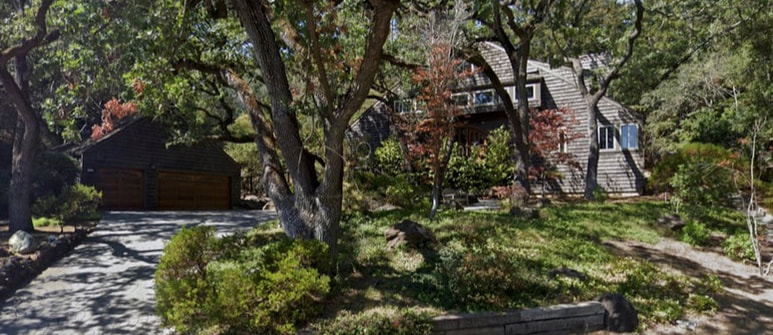
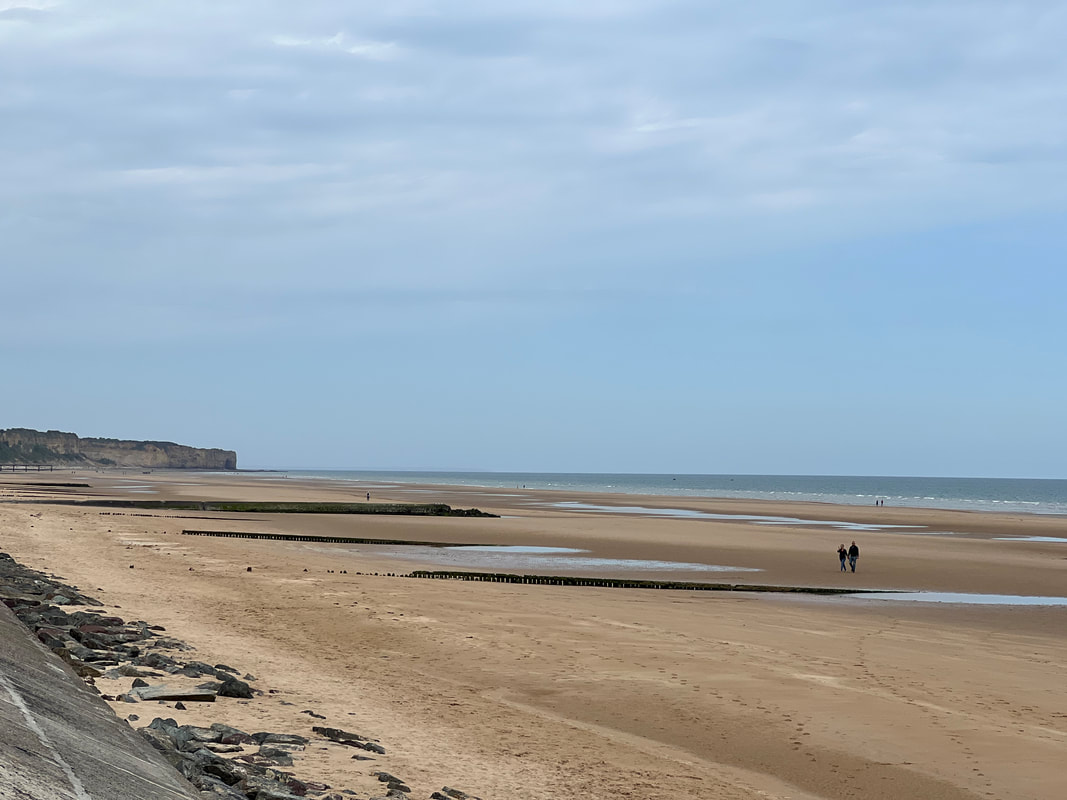

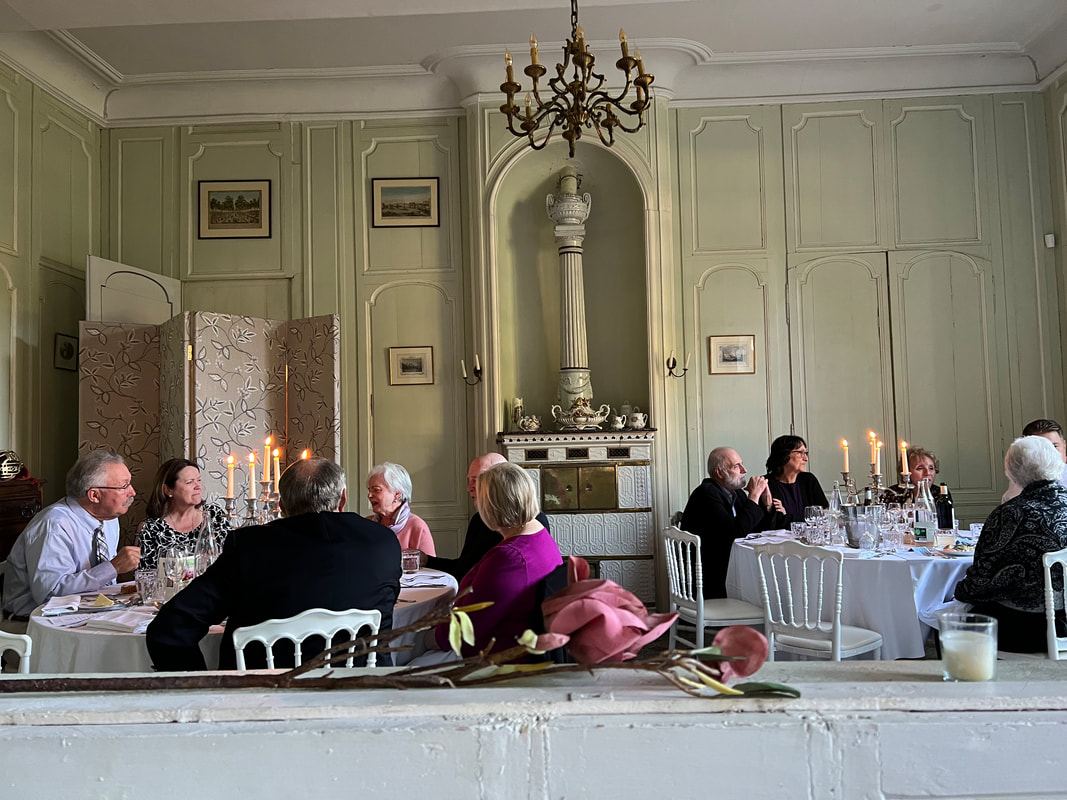
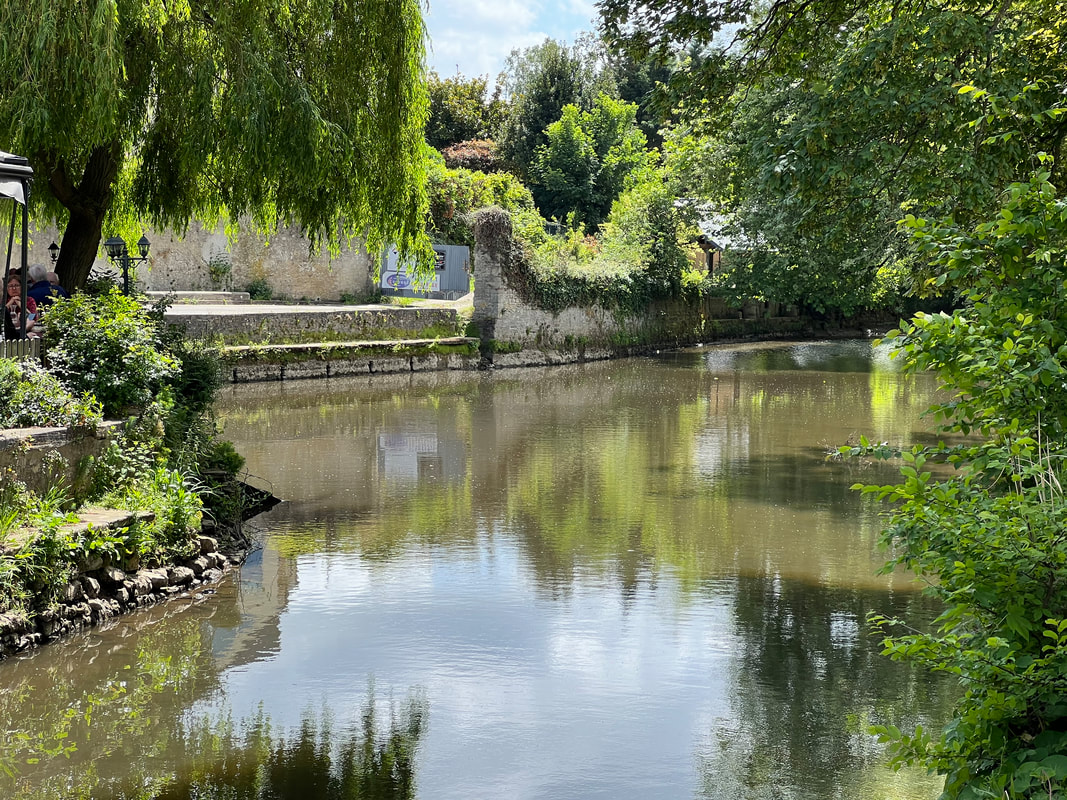

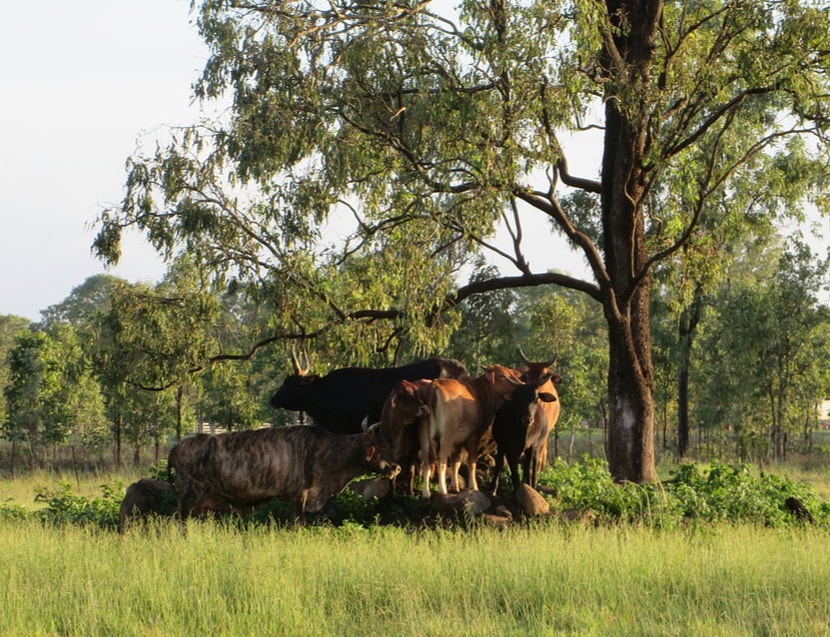
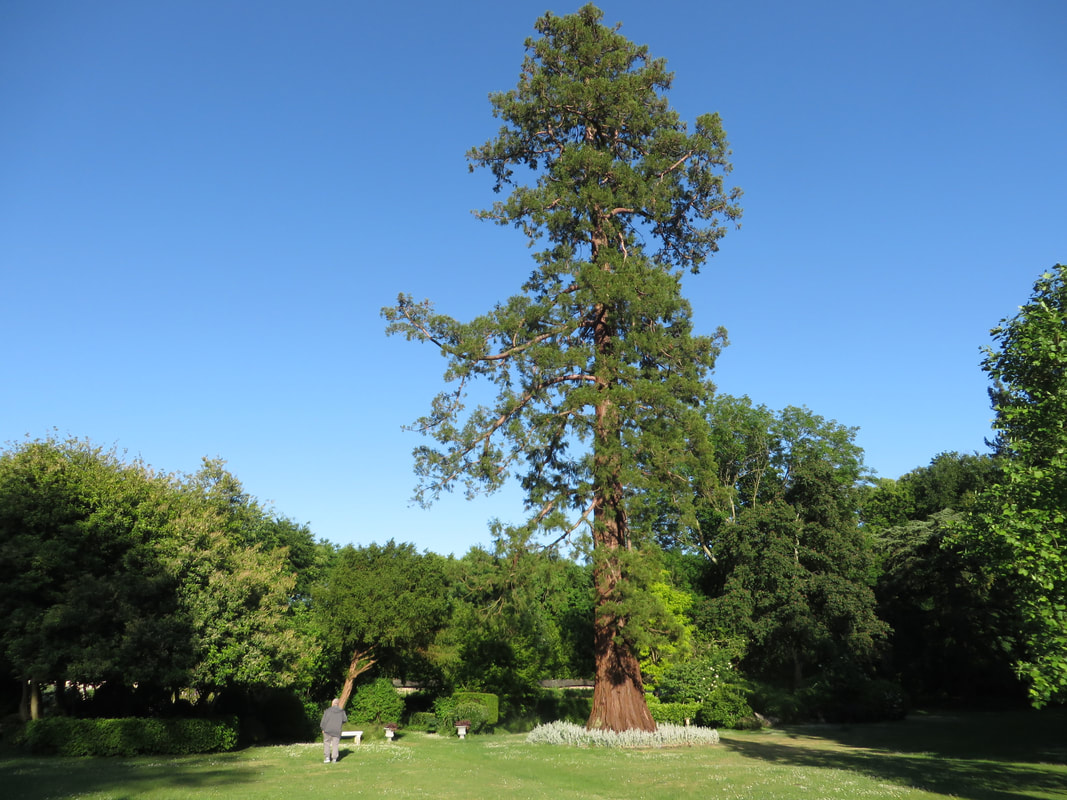
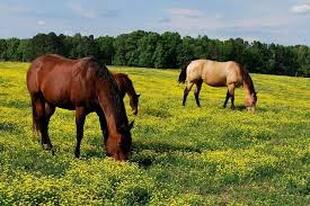

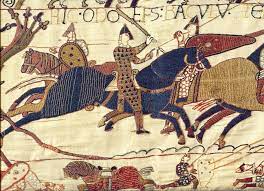

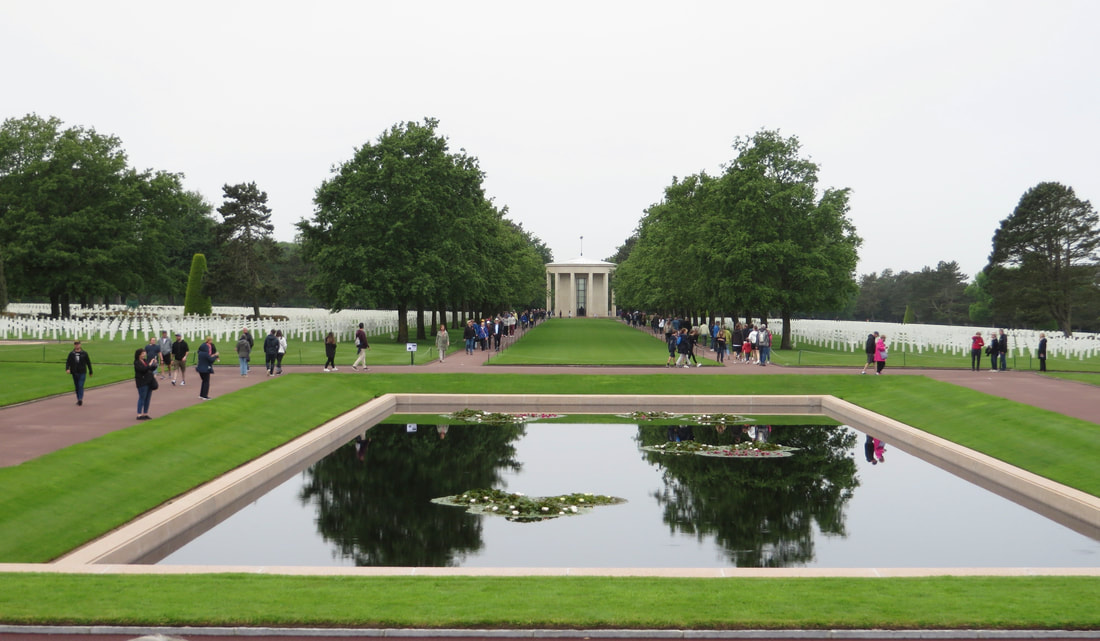
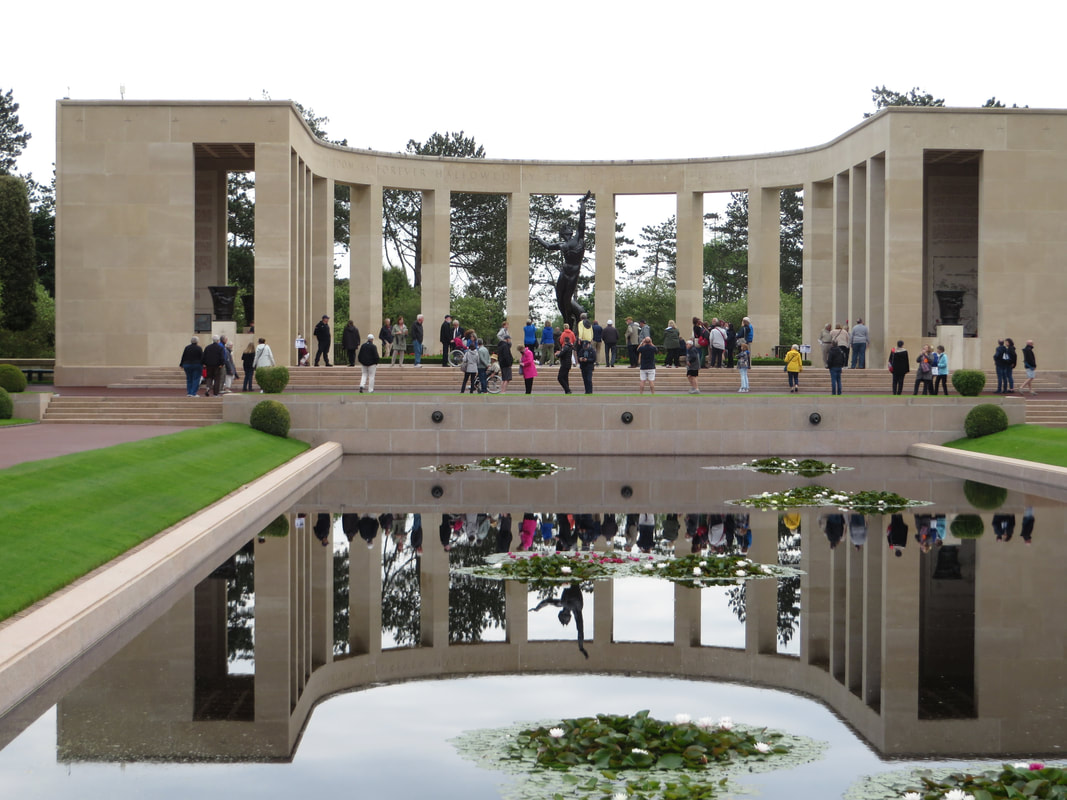
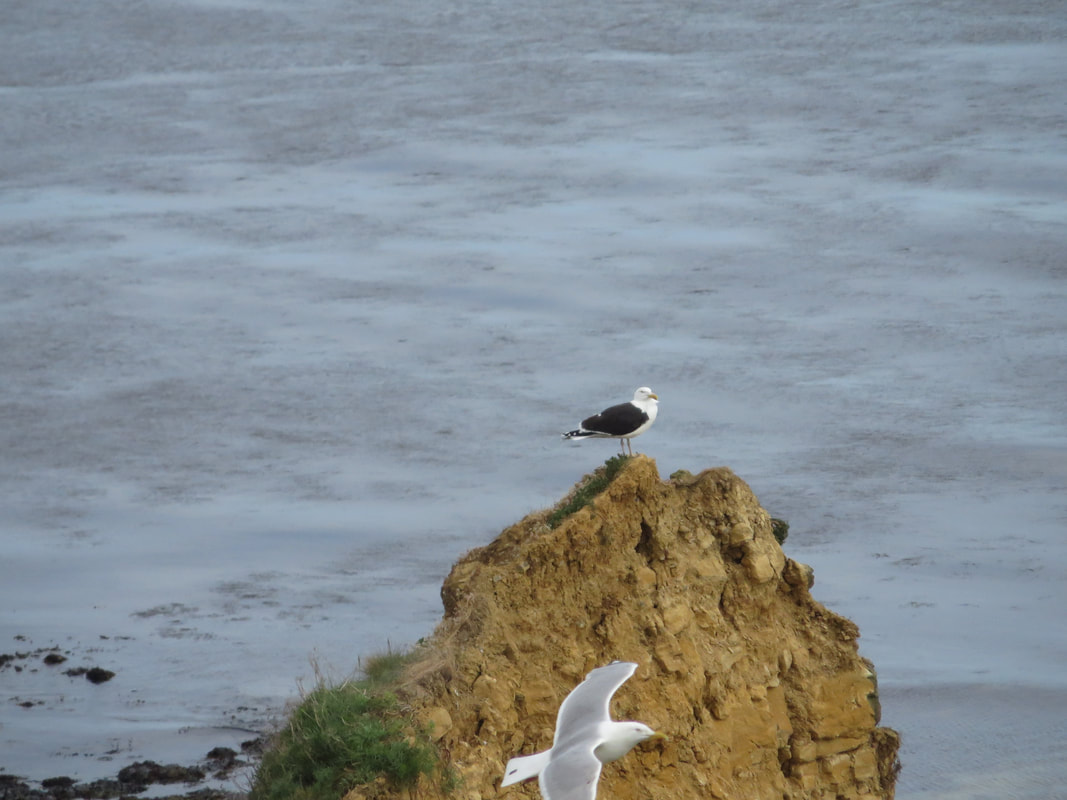

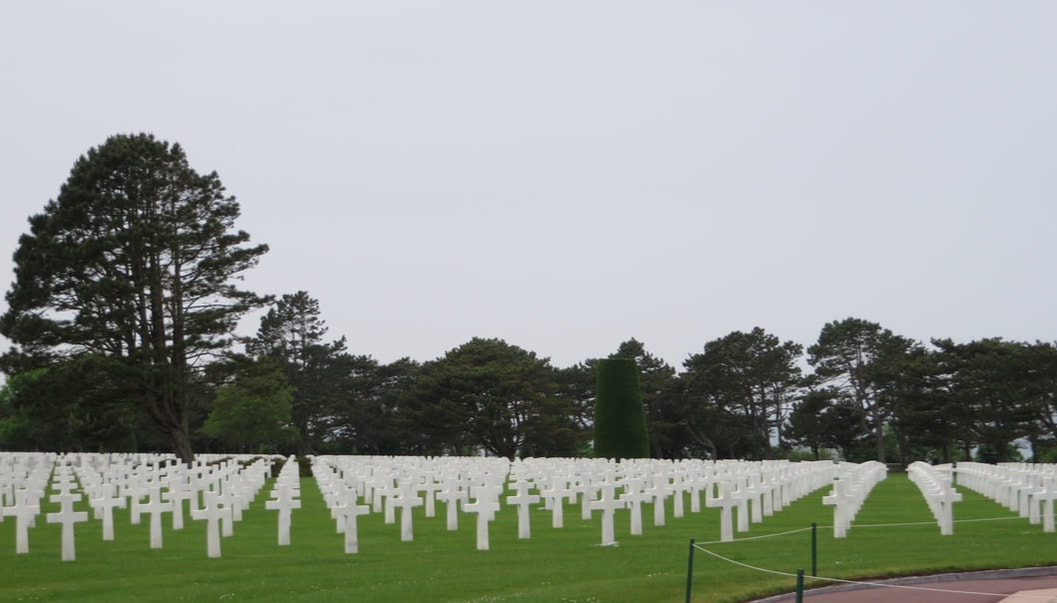
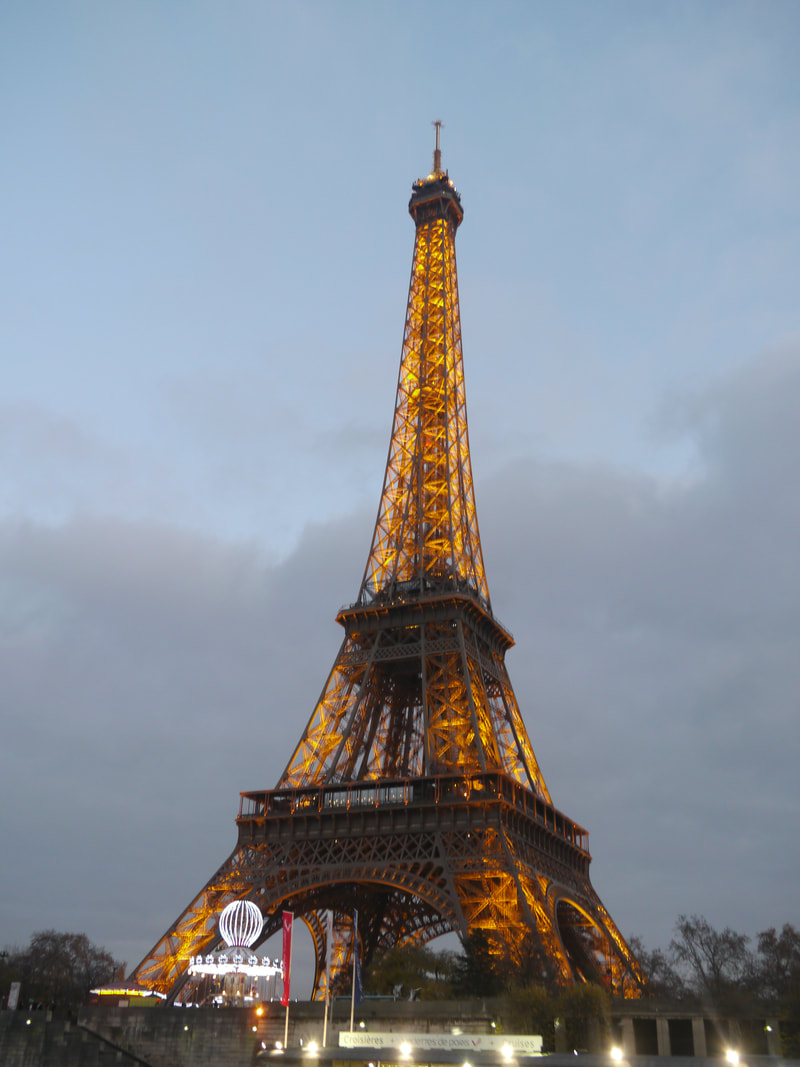
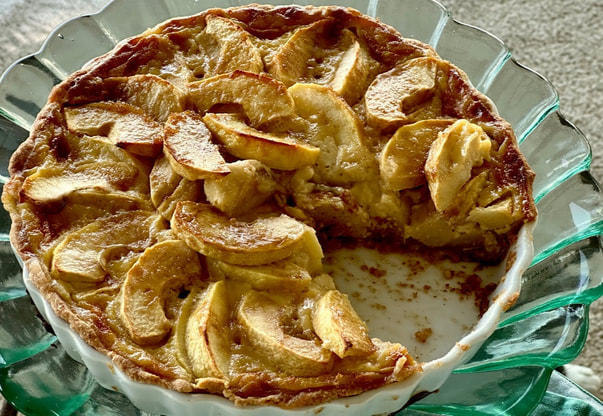
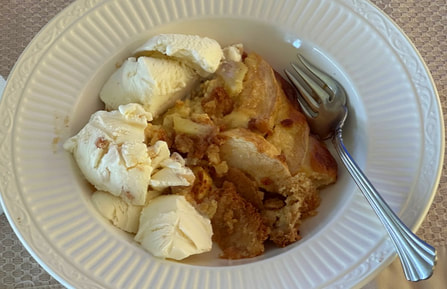
 RSS Feed
RSS Feed